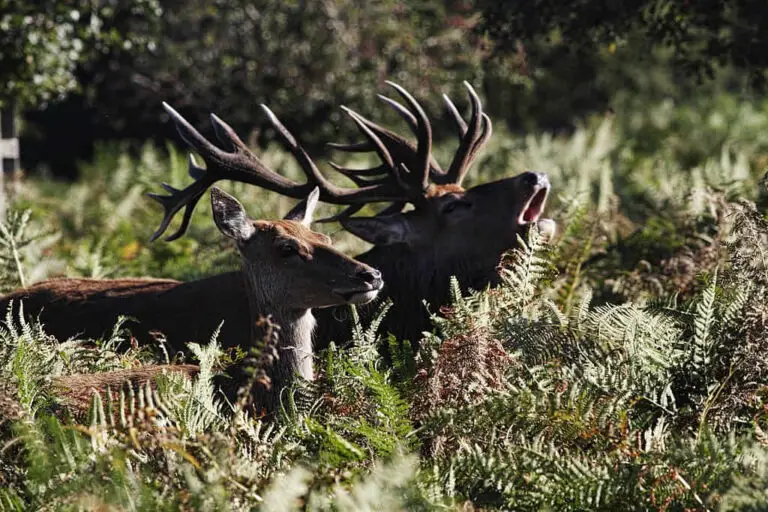
Bleaching a deer skull with baking soda is a popular and safe method that can achieve a clean, bone-white appearance for decorative or artistic purposes. Baking soda, or sodium bicarbonate, is a milder alternative to harsher chemicals like bleach. In this comprehensive guide, we’ll cover how to bleach a deer skull with baking soda, along with frequently asked questions (FAQs) to help you achieve the best results.
Materials You’ll Need:
- Deer skull
- Baking soda (sodium bicarbonate)
- Plastic container or tub (large enough to submerge the skull)
- Safety goggles
- Rubber gloves
- Old clothes or an apron (to protect clothing)
- Soft-bristle brush (a toothbrush works well)
- Plastic sheet or tarp (to protect your work area)
- Timer or clock
- Water
Safety Precautions:
- Ventilation: Work in a well-ventilated area to minimize dust inhalation.
- Protection: Always wear safety goggles and rubber gloves when working with baking soda.
- Children and Pets: Keep children and pets away from the work area.
- Clothing: Wear old clothes or an apron that you don’t mind getting stained.
Step-by-Step Guide: How to Bleach a Deer Skull with Baking Soda
1. Prepare Your Work Area:
- Lay down a plastic sheet or tarp to protect the surface you’ll be working on.
2. Remove Flesh and Tissue:
- In the field, remove as much flesh and tissue as possible from the deer skull. This minimizes odor during the bleaching process.
- Use a knife to carefully remove the hide, ears, and eyes.
- Dispose of any scraps in a secure trash bag to prevent attracting pests.
3. Mix the Baking Soda Solution:
- Fill a plastic container or tub with warm water.
- Add baking soda to the water. You can start with a few cups and adjust the quantity based on the size of the container. Aim for a concentrated solution.
- Stir the solution until the baking soda is fully dissolved.
4. Submerge the Skull:
- Gently place the cleaned deer skull into the baking soda solution. Ensure it’s fully submerged.
5. Soak the Skull:
- Allow the skull to soak in the baking soda solution. The duration of the soak depends on the degree of discoloration and the desired level of whiteness. A typical soak time is 24-48 hours.
6. Check Progress:
- Check the skull periodically to gauge the progress. You’ll notice the water turning brown as it absorbs impurities from the skull.
7. Scrub if Necessary:
- After soaking, use a soft-bristle brush (a toothbrush works well) to gently scrub away any remaining discoloration or stains.
8. Rinse Thoroughly:
- Rinse the skull thoroughly with water to remove any remaining baking soda residue. This step is crucial to prevent the skull from continuing to bleach and becoming brittle.
9. Dry the Skull:
- Pat the skull dry with a clean cloth or towel. Allow it to air dry completely. This may take a few days.
10. Final Touches: – Once the skull is dry, you can apply a clear sealant or lacquer to protect it and give it a glossy finish, if desired.
FAQs:
1. Can I use baking soda on antlers?
- Yes, you can use baking soda on antlers as well as the skull. Follow the same process for both.
2. How long does it take to bleach a deer skull with baking soda?
- The time required varies based on the initial discoloration and desired whiteness. It can take 24-48 hours of soaking.
3. Can I reuse the baking soda solution?
- It’s best to discard the solution after use and create a fresh mixture for each bleaching session for optimal results.
4. Can I use this method for older, more discolored skulls?
- Baking soda is effective for most staining and discoloration. However, very old and heavily stained skulls may require longer soaking times or additional treatments.
5. Can I add hydrogen peroxide to the baking soda solution for better results?
- Some people choose to add hydrogen peroxide to the baking soda solution for an extra whitening boost. However, this should be done with caution, as it can weaken the bone if overused. If you choose to do this, start with a small amount and monitor the progress closely.
6. Can I bleach other animal skulls with baking soda?
- Yes, you can bleach the skulls of various animals using this method. Adjust the process based on the size and type of the skull.
Bleaching a deer skull with baking soda is an effective and safe method to achieve a clean, bone-white appearance. Regular maintenance and proper storage will help keep your bleached skull in excellent condition for display or artistic projects.






